Pioneering Space-Earth Tech: Apple and NASA’s Lunar Positioning Collaboration
In 2025, a groundbreaking collaboration between NASA and Apple is reshaping how we think about positioning technology. What began as a joint effort to develop a precise navigation system for future lunar explorers has unexpectedly begun transforming terrestrial location services. At the core of this venture is the Moon GPS—an extension of the traditional Global Navigation Satellite System (GNSS) that leverages lunar orbiters to create a new layer of positioning satellites around the Moon. This system was initially designed to provide pinpoint navigation for astronauts, robotic rovers, and lunar habitats in NASA’s Artemis program, but its ripples are now being felt on Earth.
Apple’s involvement has been crucial. The tech giant invested heavily in adapting this lunar satellite network’s signals to interface with consumer devices, aiming to upgrade the existing Earth-based GPS infrastructure. Using proprietary algorithms and custom hardware enhancements, Apple’s engineers have integrated Moon GPS signals into the iPhone 15 series and beyond, enabling a dual-layer positioning approach that combines Earth-orbit satellites with lunar satellites for unprecedented accuracy.
The logic is simple yet revolutionary: while conventional GPS satellites orbit about 20,200 kilometers above Earth, the Moon-based satellites orbit at approximately 384,400 kilometers. This complementary vantage point reduces signal multipath errors, atmospheric disturbances, and geometric dilution of precision, historically limiting GPS accuracy. With NASA’s Moon GPS, Apple devices can triangulate location data with inputs from both satellite constellations, yielding far superior precision.
This unique partnership, forged in the intersection of governmental space exploration and private consumer technology, represents a landmark in public-private innovation synergy. It reflects how space technology, often thought to serve only elite scientific or military purposes, is fast becoming embedded in everyday life, enhancing the functionality of the most ubiquitous personal device on the planet—the smartphone.
From Space to Streets: Achieving Millimeter-Level Positioning Accuracy on Earth
The tangible impact of Moon GPS on Earth is nothing short of transformative. Traditional GPS, while reliable, typically offers horizontal location accuracy in the range of 3 to 10 meters for consumer devices. This level of precision suffices for navigation apps, ridesharing services, and casual location tracking but falls short for applications demanding pinpoint accuracy—such as autonomous vehicles, drone delivery, augmented reality (AR), and smart city infrastructure.
Thanks to the integration of lunar satellite signals, smartphones in 2025 now routinely achieve positioning accuracy down to the millimeter scale under optimal conditions. This leap means that your phone’s location can be determined within a few millimeters—a precision once reserved for specialized survey equipment costing thousands of dollars.
Millimeter-level accuracy opens doors to a host of new possibilities. Urban navigation can evolve beyond basic turn-by-turn directions to include exact sidewalk lane positioning, indoor-outdoor transitions, and real-time crowd density mapping. Autonomous drones can deliver packages with surgical precision, avoiding obstacles with minimal margin of error. Augmented reality applications become seamless, overlaying digital content perfectly aligned with physical objects.
Beyond consumer benefits, industries from agriculture to construction are poised to leverage this enhanced geospatial precision. Farmers can use millimeter-accurate data for precision irrigation and crop monitoring, while builders can manage complex projects with real-time, centimeter-scale surveying data. Emergency responders gain improved location tracking inside complex urban environments, enhancing rescue operations.
This evolution is powered by sophisticated data fusion algorithms that combine Moon GPS with existing Earth GPS, Galileo, GLONASS, and BeiDou constellations, alongside terrestrial positioning aids like 5G and Wi-Fi triangulation. The result is a robust, multi-layered positioning ecosystem that adapts dynamically to environmental conditions.
Apple’s launch of the Moon GPS-enabled iPhone models has been accompanied by developer toolkits, encouraging app creators to innovate with this new precision capability. Already, navigation apps, AR gaming platforms, and smart home systems are integrating millimeter-accurate positioning to redefine user experiences.
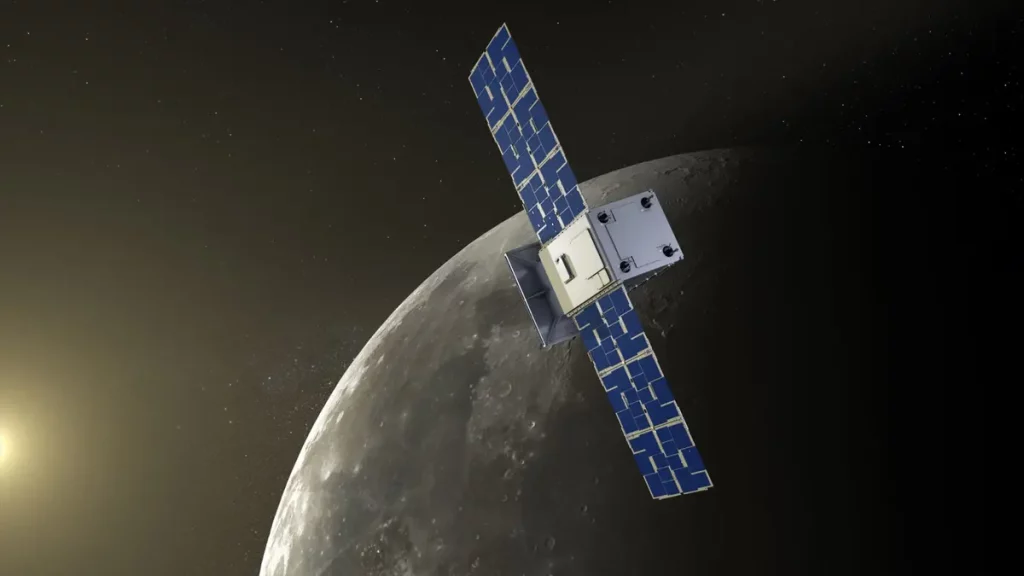
The Dark Side of Precision: Security Risks and Satellite Signal Spoofing
With great technological advances come new vulnerabilities. The integration of Moon GPS into consumer smartphones introduces complex security challenges, particularly around signal authenticity and spoofing attacks.
Spoofing refers to the act of mimicking legitimate satellite signals with counterfeit transmissions, misleading devices about their true location or time. Such attacks have existed in terrestrial GPS systems for years, mostly targeting military or critical infrastructure, but their reach was limited by signal complexity and economic cost. However, Moon GPS introduces new vectors for exploitation.
The increased reliance on multiple satellite layers means attackers could attempt to forge lunar satellite signals, creating conflicting or manipulated positioning data that confuses devices. For example, a malicious actor could spoof signals in a dense urban area to misdirect autonomous vehicles, disrupt drone delivery routes, or deceive geofencing-based security systems. The higher precision expected from Moon GPS also means that even subtle spoofing can have outsized disruptive effects.
Cybersecurity experts warn that current encryption and authentication protocols designed for Earth GPS satellites must be upgraded to secure lunar satellite signals. NASA and Apple are collaborating with cybersecurity firms to deploy quantum-resistant encryption methods and real-time signal verification techniques. These measures aim to detect and nullify spoofing attempts by analyzing signal patterns, timing discrepancies, and satellite constellation geometry.
Despite these precautions, experts caution users and industries to be vigilant. Financial systems relying on GPS-based time synchronization, location-based access control, and critical infrastructure monitoring must implement multi-factor verification systems and fallback mechanisms. The emerging threat landscape calls for a coordinated approach between governments, tech companies, and international space agencies.
Transforming Everyday Life: What Moon GPS Means for You
For everyday smartphone users, the impact of Moon GPS might be subtle but profound. Imagine your phone guiding you inside a sprawling airport terminal to the exact gate seat or helping a visually impaired user navigate crowded streets with centimeter-level assistance. Location-based services will gain new dimensions of reliability and sophistication.
App developers will harness the enhanced geolocation to build immersive AR experiences that blend seamlessly with physical spaces. Retailers can customize offers based on precise shopper locations within stores. Social apps will enable hyper-local meetups and events with unmatched coordination.
At the same time, consumers will need to be aware of security risks. Best practices, such as keeping devices updated, using trusted apps, and enabling device security features, will help mitigate spoofing risks. Regulatory bodies worldwide are expected to roll out frameworks ensuring transparent disclosure of GPS signal sources and security certifications.
The Moon GPS initiative also symbolizes a cultural shift—space technology moving beyond exploration and defense to become an integral part of personal, everyday technology. It reflects humanity’s increasing reliance on satellite networks not just for survival and commerce but for enhancing the quality and precision of life itself.
Looking Ahead: The Future of Lunar-Earth Navigation Systems
NASA and Apple’s Moon GPS project marks the beginning of a new era in navigation. As lunar infrastructure grows with planned bases, mining operations, and scientific outposts, the network of satellites around the Moon will expand, offering even richer data streams.
Future smartphones and connected devices will likely leverage multi-planetary positioning systems, combining signals from Earth orbit, the Moon, and even Mars satellites to create a cosmic GPS. Such systems will not only improve terrestrial navigation but also prepare humanity for interplanetary travel and communication.
Meanwhile, ongoing research aims to improve resilience against spoofing through AI-powered anomaly detection, satellite constellation redundancy, and blockchain-based signal authentication. These advances will be critical in ensuring the security and reliability of positioning systems that modern life increasingly depends on.
In 2025, your smartphone stands at the nexus of space exploration and everyday utility, connected not just to Earth but to the Moon itself. The Moon GPS isn’t just a technological marvel—it’s a glimpse into a future where the boundaries between Earth and space blur, and where the precision of a single device embodies humanity’s quest to explore, connect, and innovate.





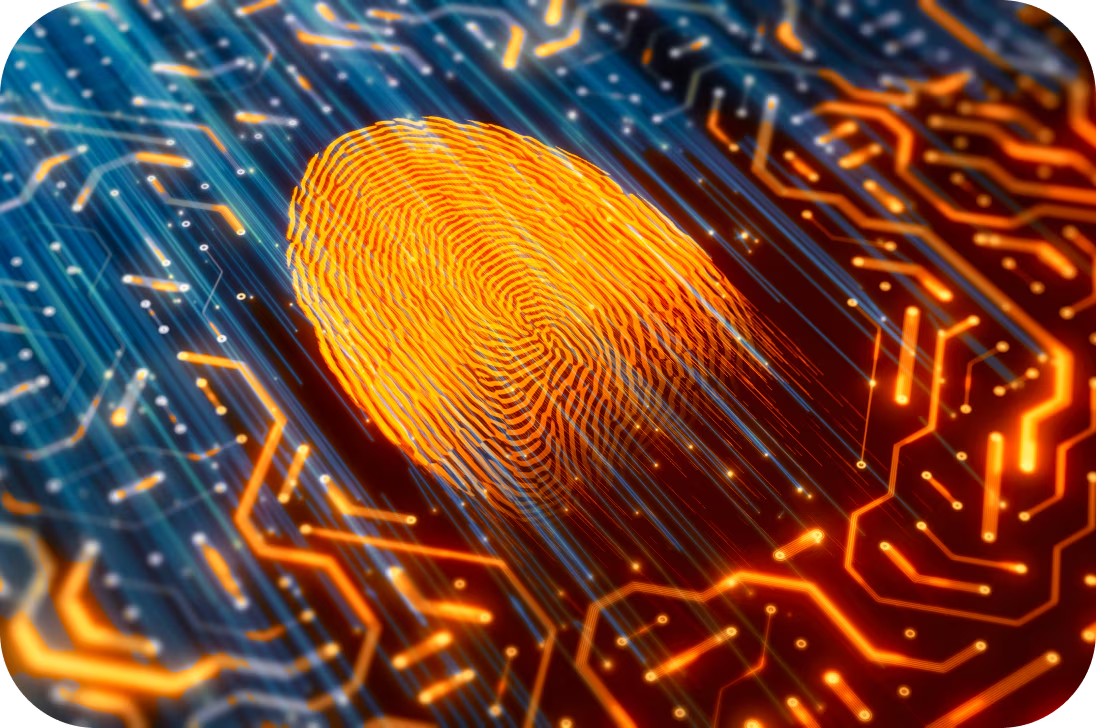













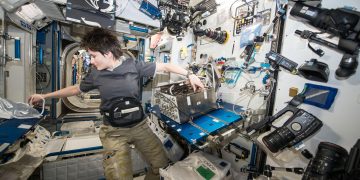
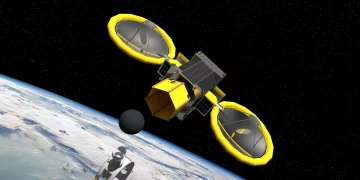














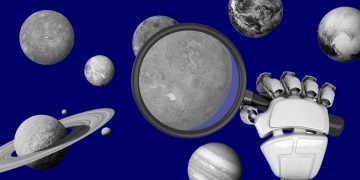

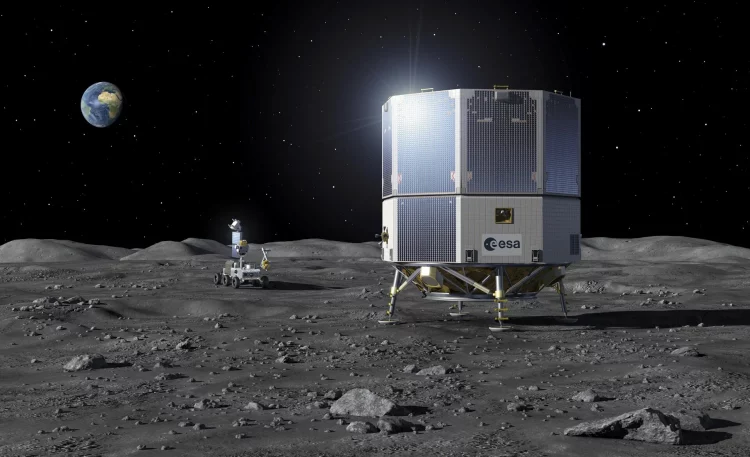












Discussion about this post